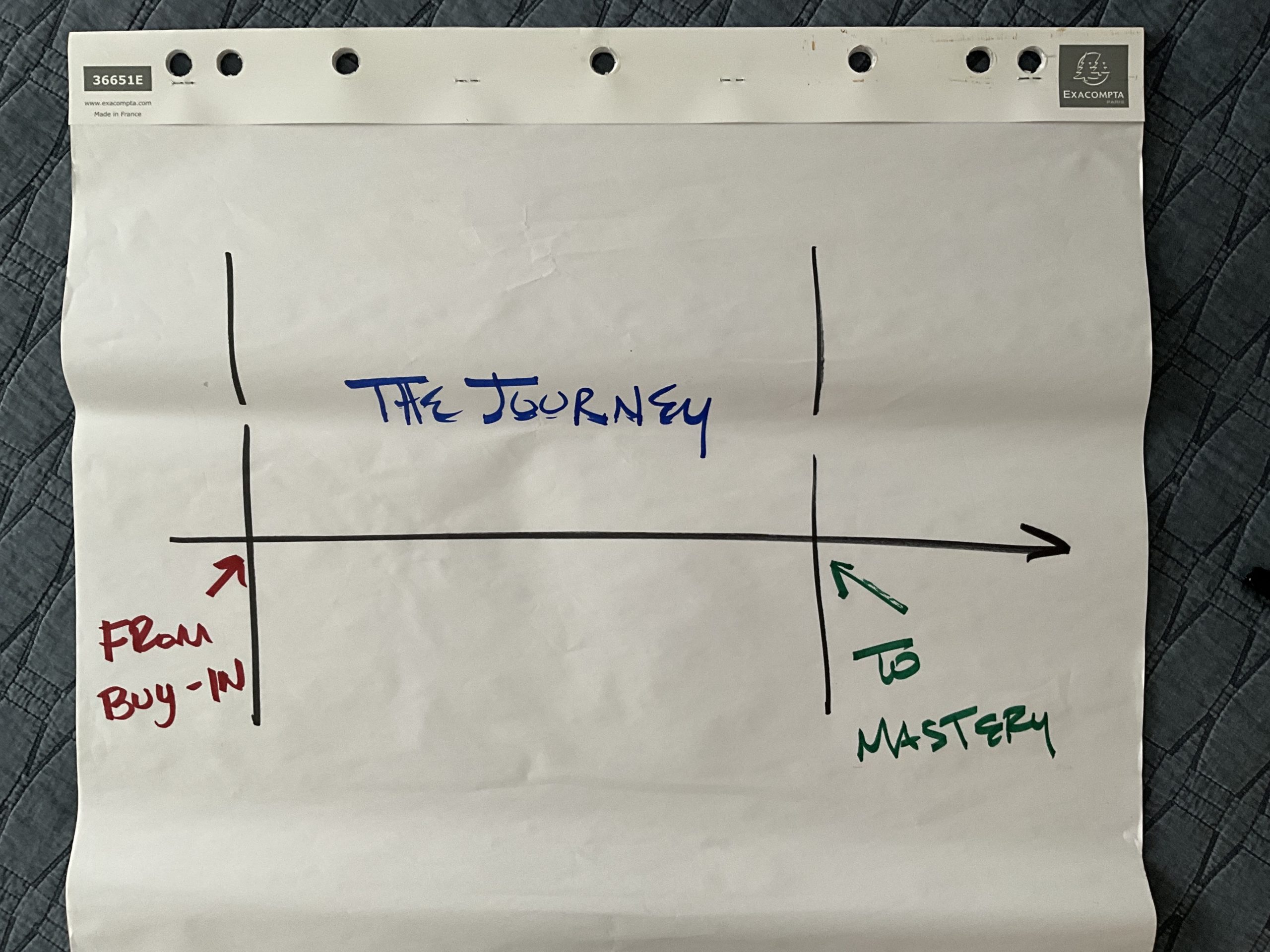In our first Truth About Transformation post, we explored the challenge of achieving true transformation through organizational health and some of the ways we see clients skirting the edges of real growth. It’s tough because there is friction between all of the hard work we put in and the (often qualitative) results we see.
Here are a few things that may masquerade as transformation:
- Crisis Management and Resolution (once “the crisis” passes, leaders revert to old behaviors)
- Book-of-the-Month Club (leaders are attracted to the idea of organizational health as a cool, new thing, but not inclined to actually do the work)
- Organizational Health Cortisone Shot (the link between the “why” and the “what” of organizational health are lost so the effort peters out)
How to spot “real” transformation
Everyone desires transformation, but not everyone realizes the cost of getting there. Transformation does not only occur over time, but also over a series of breakthroughs. Here’s how one of my healthiest clients transformed:
Breakthroughs
When we started on the path to organizational health, revenue had been flat for four years and two senior leaders were planning to resign. The CEO of this large manufacturing company (I’ll call her Lucy here) had tried most of the paths above, and more. In a moment of courage and humility she cracked open The Five Dysfunctions of a Team, called us, and the next thing you know we were at their first offsite. Her team had a mix of reactions.
The first brilliant move she made was to apply what we call the Rule of Thirds. She carefully watched for people in the organization who ‘got it’ and quickly rewarded and leveraged those champions. For the naysayers and skeptics, she gave only minimal attention and let them feel the heat. Breakthrough after breakthrough happened and the undecideds in the company began to see where the party was and started to come on board.
From the beginning, Lucy told everyone that her commitment to organizational health was 100%. She vulnerably confronted unwritten rules and sacred cows. She didn’t force change, but she did constantly remind everyone she came into contact with that there was no turning back.
Real Buy-in
This organization was no stranger to efficiency, productivity, and the bottom line, but Lucy drove her team to get very clear on their purpose, beyond making money. And more than just posting that purpose on the wall like marketing, their core purpose was shared, discussed, and applied to critical decisions on a regular basis. Everyone started coming to work knowing how their company was making an impact and what their role meant to that impact.
The real test? Constantly reinforcing these simple principles over time. Now, many years later, you can walk into their office and see the transformation. They have doubled revenue in four years and maintained their profitability and NPS scores along the way. They have refined and infused new talent into their leadership team and made hard choices about who to let go along the way. They have completed four major company-wide initiatives (a.k.a. Thematic Goals) and have them posted in the office to celebrate the success. The newest employee can discuss the company core values that they learned directly from Lucy during the interview process.
I could go on, but you get the idea. There’s no turning back. They are a different organization. Looking back, here are a couple of key markers that led to the transformation:
- The CEO was 100 percent committed to the idea and the disciplines of Organizational Health and willing to confront issues no matter the reaction.
- Over time, there was buy-in all the way up and down the organization.
- They kept things simple and didn’t over-complicate the process. It’s easy to understand, but hard to do.
We firmly believe the return is great when leaders and teams embrace organizational health. They make faster, better decisions, they differentiate themselves in the market, they attract and retain the best talent, and their success on the bottom line leads to a great impact in many people’s lives. Now, that’s transformation!





0 Comments